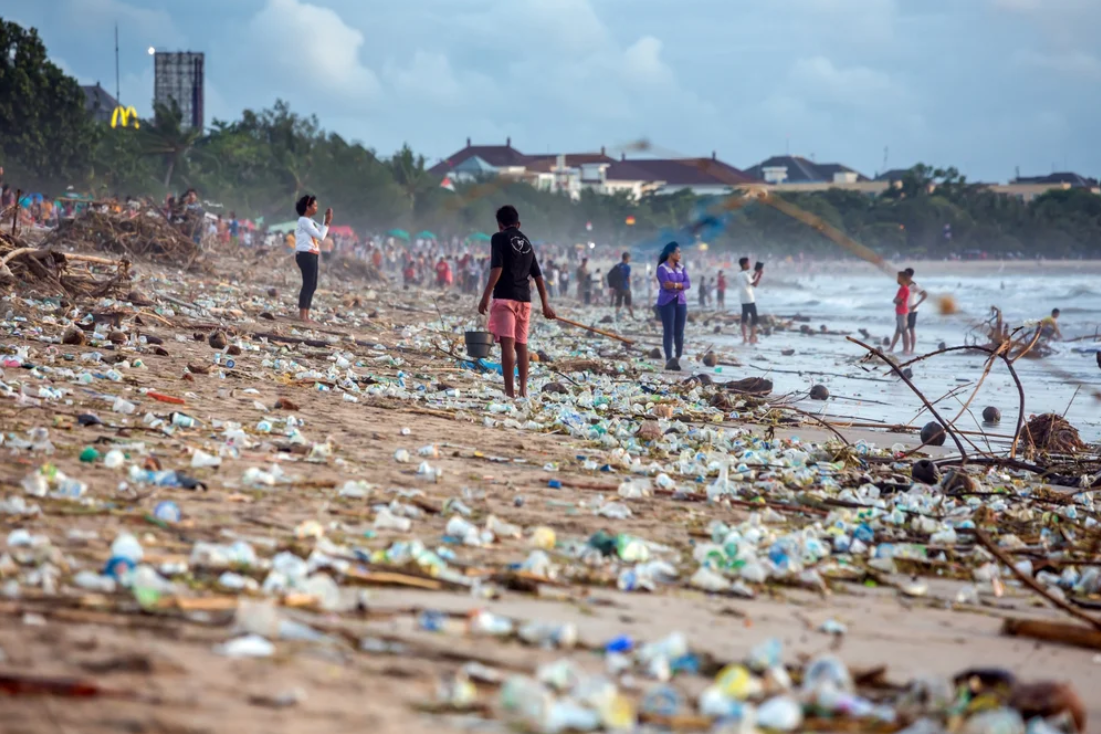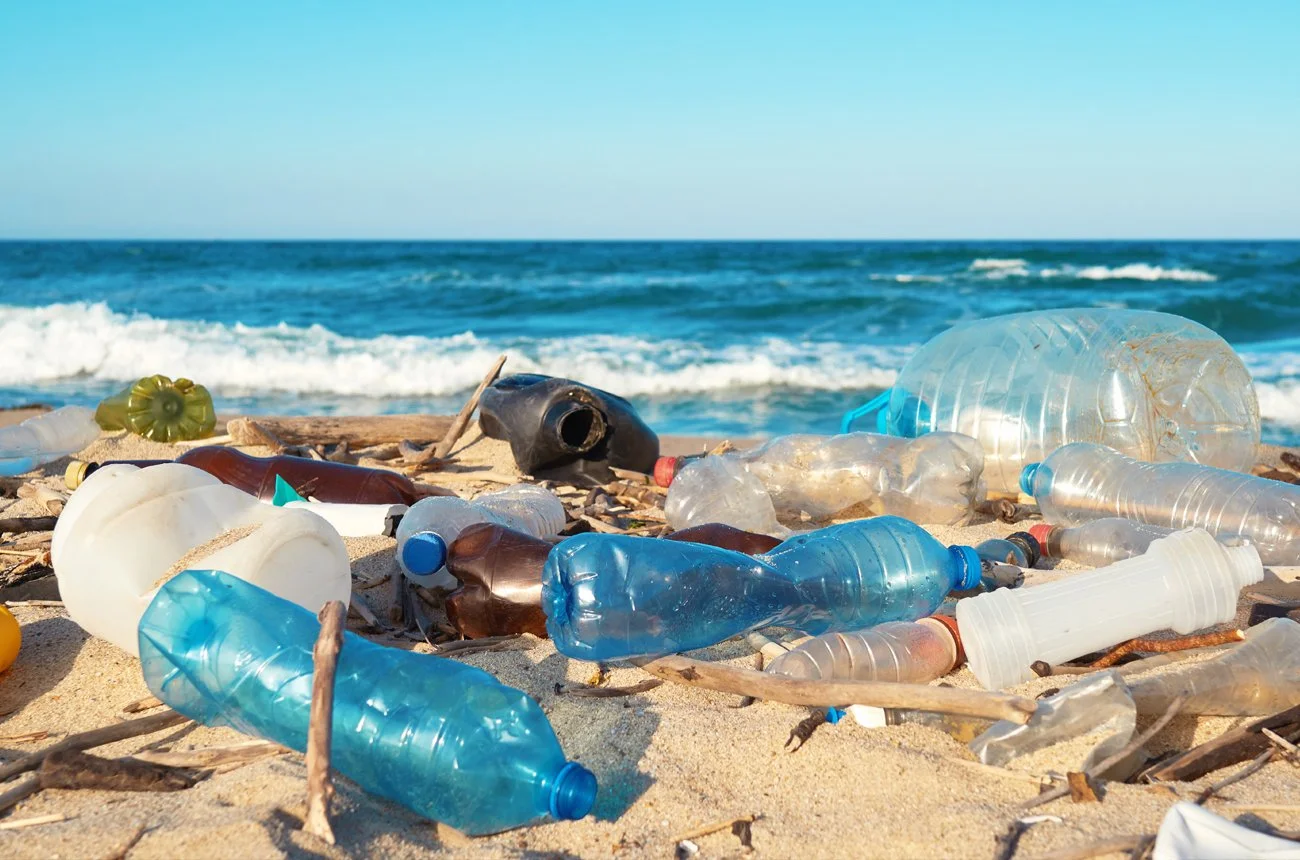The path to a circular economy can be challenging. Though things are changing, companies can still face some big hurdles, but the payoff is enormous. Switching to circular models is costly, and companies often balk at the price tag of overhauling their production lines and supply chain. Plus, there's the headache of tracking materials from start to finish.
Read MorePlastic pollution is often seen as a global issue—and it is. But according to the “A local-to-global emissions inventory of macroplastic pollution” article, the study shows us something even more critical: it’s also a very local issue. The new inventory doesn’t just highlight the global scope of plastic emissions; it zooms in on specific hotspots where plastic waste is being mismanaged. From crowded urban centres to remote rural areas, the data reveals where waste is leaking out of the system and ending up in our environment.
Read MoreLet’s talk about something a little more sustainable. We all love our fashion products, but it’s time to think about how they’re made and where they end up. In the ever-evolving fashion industry, packaging plays a crucial role in shaping a brand’s environmental and economic impact. For brands committed to sustainability, making informed, strategic decisions about packaging is not just a trend—it’s a necessity.
Read MoreThe Plastic Waste Management Framework underscores the need for a multifaceted approach to combat plastic waste. Countries must adopt contextually tailored strategies that consider their specific national circumstances, infrastructure capacities, and resources. The framework’s emphasis on integrating waste pickers, enforcing EPR, and utilising tools like DRS provides a roadmap for improving plastic waste management systems globally.
Read MoreIn our desperate search for solutions to the global plastic waste crisis, a dangerous idea has gained traction: burning plastic as a disposal method. This seemingly simple solution masks a multitude of severe consequences that threaten not only our immediate health but the very future of our planet. As we stand at the crossroads of environmental charge and convenience, it's crucial to understand why incinerating plastic is not just ill-advised—it's a potential catastrophe waiting to unfold.
Read MorePlastic waste is a big part of the household trash problem, making up about 11% of everything we throw away. That’s a whopping 250 million tons of plastic waste from homes each year, with another 110 million tons coming from factories. We clearly need to find better ways to manage this waste. Plastic has been amazing for consumer goods and packaging, but it takes forever to break down and those tiny microplastics are showing up everywhere – not good news for the environment.
Read More





